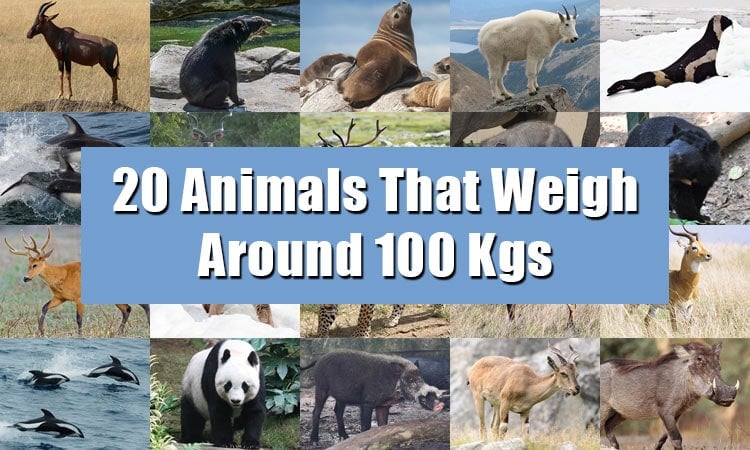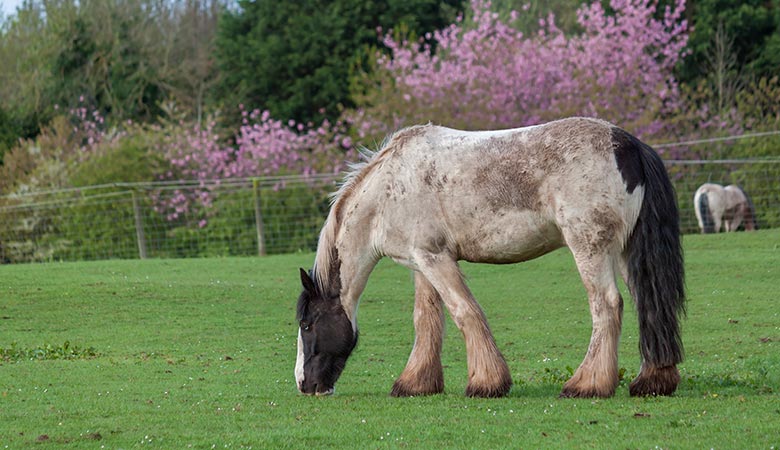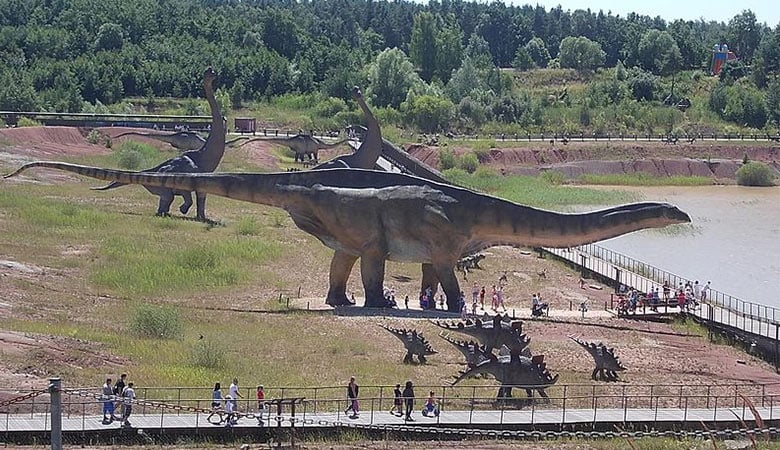According to recent research, jellyfish have been on Earth for at least 500 million years. There are about 2,000 known jellyfish species that live in every ocean on the planet today, but experts believe there are many more yet to be discovered.
Jellyfish have an extraordinarily long lifespan; a species known as the immortal jellyfish, Turritopsis dohrnii, is capable of continually retreating to an earlier stage of life after reaching adulthood when damaged or otherwise threatened, and in ideal conditions might live indefinitely.
The purview of this article however is on the heaviest jellies in the world and everything you need to know about them.
1. Lion’s Mane Jellyfish
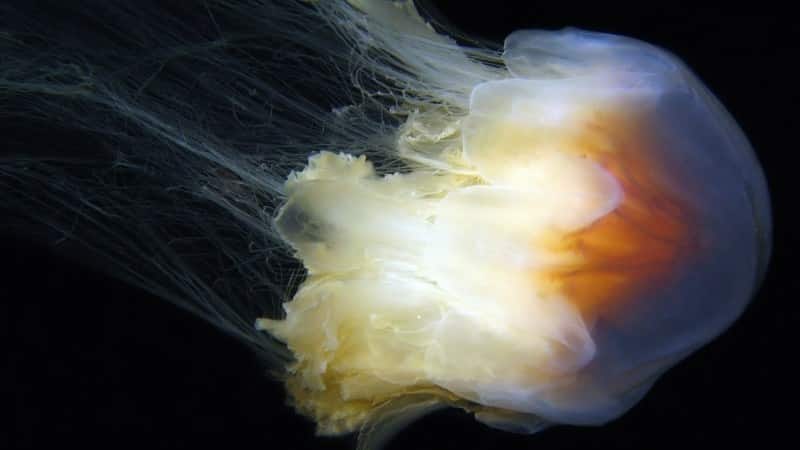
Weight: Up to 200 pounds
The Lion’s Mane Jellyfish is the world’s largest jellyfish (but not the heaviest). In 1865, off the shore of Massachusetts, the largest specimen ever seen was discovered.
The tentacles on this jellyfish were 120 feet long and measured around 7 feet in diameter. The size of a lion’s mane jelly varies widely according to region, with northern populations reaching up to 7 feet in diameter and southern ones averaging 20 inches.
The stings of lion’s mane jellyfish are rarely lethal, despite their imposing size.
2. Nomura’s jellyfish
Weight: Up to 440 pounds
The Yellow Sea and the East China Sea are home to Nomura’s jellyfish, which can grow up to 6 feet 7 inches in length.
They are similar to lion’s mane jellyfish in size and can weigh up to 440 pounds. The stings of this jellyfish can be fatal in severe situations, and eating a Nomura’s jellyfish, if not properly prepared, can also be fatal.
These jellyfish are utilized in vanilla jellyfish ice cream in Japan only on rare occasions.
3. The Barrel Jellyfish
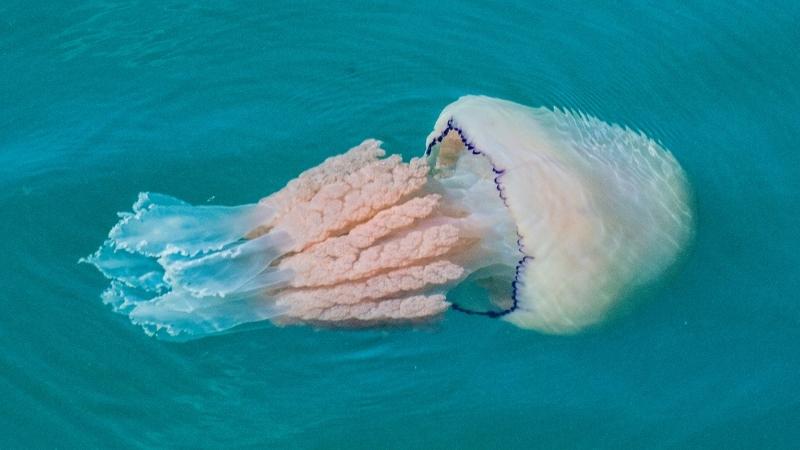
Weight: Up to 77 pounds
The barrel jellyfish can be found in the Adriatic, Mediterranean Sea, Black Sea, and the Sea of Azov, as well as the northeast Atlantic. It can also be found in the southern Atlantic off the western coast of South Africa and into False Bay.
It can grow up to 40 cm (16 in) in diameter, but it can grow to 150 cm (59 in) or more in unusual cases, making it the largest jellyfish in British and Irish waters; the Cyanea capillata ordinarily reaches an even larger size, but then is generally smaller in Britain.
It’s moderately poisonous, but not as dangerous as some other species. Burning sensations on the skin, rashes, and ulcers are all side effects, indicating that it is harmful to people. It does not, however, represent a significant threat to humans.
4. Stygiomedusa
Weight: Unknown
It’s a jellyfish that’s rarely observed, with only 110 sightings in 110 years, yet it’s thought to be common all over the planet, save in the Arctic Ocean.
It is believed to be one of the deep marine ecosystem’s greatest invertebrate predators. It can be found up to 6,665 meters deep, however, it is most prevalent in the midnight zone.
It has a meter-wide umbrella-shaped bell. It also contains four 10-meter-long “paddle-like” arms that, because they lack stinging tentacles, can be employed to catch plankton and small fish instead.
It has a 4’7″ bell diameter.
5. Pink Meanie
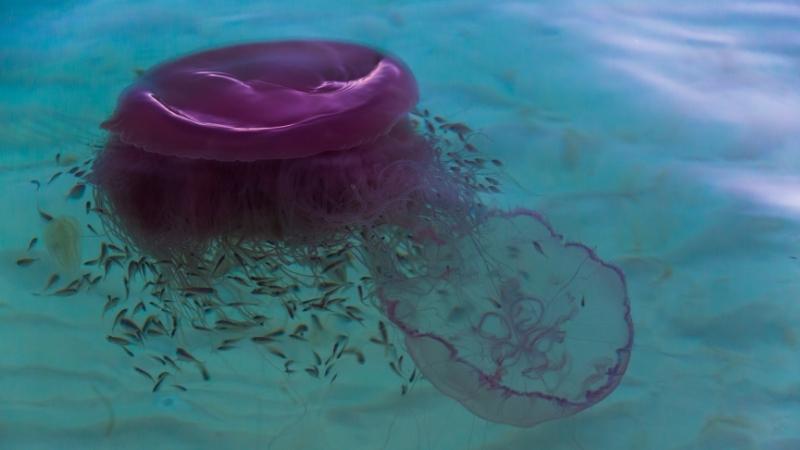
Weight: Up to 50 pounds
The largest confirmed pink meanie jellyfish, with a bell diameter of about three feet, was spotted in the Gulf of Mexico.
Some unconfirmed anecdotal reports claim diameters of up to five feet. These jellyfish have stinging tentacles that may reach 70 feet in length and have been known to entangle and consume 34 smaller jellyfish at once.
The pink meanie jellyfish was not officially designated as a new species until 2014, due to its rarity. The sting of this jellyfish is terrible, but it is not fatal.
6. Black Sea Nettle
Weight: Unknown
With a bell diameter of up to 1 meter (3 feet) and oral limbs extending up to 5 or 6 meters, the black sea nettle can be rather enormous (15 or 18 feet).
The bell has a striking opaque dark purple to nearly black color, with a lighter brown reticulated pattern on the margin. This black pigmentation is found in no other West Coast jelly that visits near-shore seas.
While sightings are uncommon, they frequently occur as part of a vast swarm, such as those that occurred in surface seas off the coasts of Baja California and southern California in 1989, 1999, and 2010. These occurrences appear to be linked to incidents of red tides, which are made up of zooplankton.
7. Australian Box Jellyfish
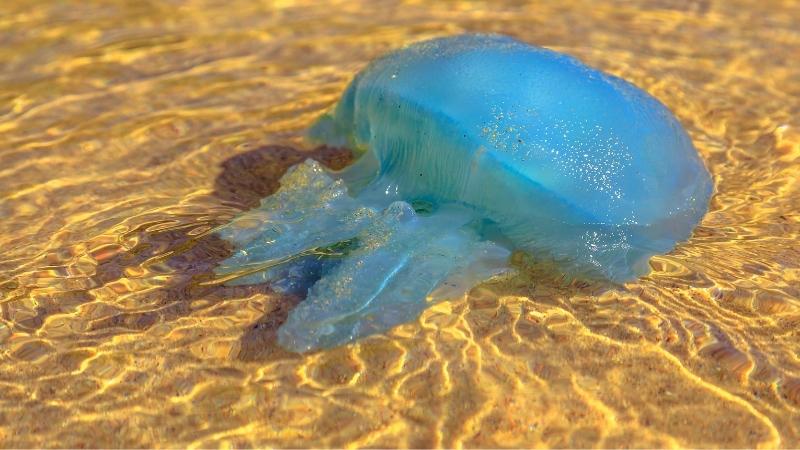
Weight: Up to 4.5 pounds
The largest Australian Box jellyfish ever reported measured 19″ in diameter. The Australian box jelly is known as the “sea wasp” because of its stinging tentacles, making it one of the most hazardous water organisms on the planet.
A box jelly sting can cause paralysis, cardiac arrest, and death in under three minutes, making it the world’s deadliest jellyfish!
Despite the lack of precision in the mortality rate, it is estimated that the Australian box jellyfish has killed over a hundred people in the last century.
8. Tiburonia
Weight: Unknown
Tiburonia granrojo is one of the world’s largest sea jellies, and it’s unique in several respects. They can be found in the Gulf of California, Monterey Bay, Hawaii, and Japan, where they reside at depths of 600 to 1,500 meters (2,000 to 4,900 feet).
These jellies are almost certainly showing deep-sea gigantism. According to the California Academy of Sciences, they can grow up to 76 centimeters (30 in) in diameter and have thick meaty 4-7 oral arms instead of the long tentacles typical in most jellies.

